Medically Reviewed by Dr. Lisa Hartford, MD
If you could get clinic-style skin rejuvenation without needles, downtime, or four-figure price tags—would you? That’s the promise behind non-invasive, energy-based skin therapies like red light therapy, radiofrequency, ultrasound, microneedling, and microcurrent. Once exclusive to dermatology offices, these treatments are now available in high-quality at-home devices, giving people the chance to achieve natural, refreshed results in their own homes.
Not all anti-aging trends are created equal, though. Some are backed by years of research, while others are still experimental or overhyped. This guide explores the treatments that truly work, what the science says, how at-home devices compare to professional options, and how to create a safe, effective anti-aging routine.
Why Non-Invasive Anti-Aging Is Gaining Ground
Three main factors are driving the surge in popularity of non-invasive treatments:
-
Skin Biology Over Quick Fixes
Many of these treatments aim to trigger the body’s own repair mechanisms—boosting collagen and elastin production—rather than simply filling lines or freezing muscles. This approach tends to produce more natural results. -
Growing Scientific Support
In the last decade, research has increasingly validated these techniques. Peer-reviewed studies now support red-light photobiomodulation (PBM), radiofrequency (RF), high-intensity focused ultrasound (HIFU), and microneedling as safe and effective for improving skin texture, laxity, and fine lines. -
Advances in Home Devices
Today’s at-home devices are far more sophisticated than those of the past. While they are less powerful than professional-grade machines, they can still produce noticeable improvements with consistent use.
The Science Behind the Top Non-Invasive Treatments
1. Red Light / LED Therapy (Photobiomodulation)
What It Is:
Red and near-infrared light penetrate the skin to stimulate mitochondria in cells, increasing cellular energy (ATP). This process can boost collagen production, reduce inflammation, and improve skin tone.
Evidence:
Studies show that consistent use of LED therapy can reduce fine lines, improve elasticity, and enhance skin radiance. The American Academy of Dermatology notes that at-home LED devices can help maintain results between professional treatments, provided they are used regularly and correctly.
How EvenSkyn Fits:
EvenSkyn’s Venus device delivers red and near-infrared light wavelengths optimized for skin rejuvenation, allowing users to enjoy the proven benefits of PBM in the comfort of their homes.
Best For:
Early fine lines, dull skin, and mild inflammation.
2. Radiofrequency (RF) Skin Tightening
What It Is:
RF technology uses controlled heat to target the dermis (the deeper layer of skin). This heat stimulates collagen and elastin production, gradually tightening the skin.
Evidence:
Clinical research supports RF for reducing mild-to-moderate skin laxity and fine lines. At-home RF devices, while less powerful, have been shown to improve wrinkles and skin thickness with regular use.
How EvenSkyn Fits:
The Lumo+ RF device combines high-frequency RF energy with EMS (electrical muscle stimulation) to both tighten skin and stimulate facial muscles for improved firmness.
Best For:
Softening early jowls, firming the cheek area, and reducing fine to moderate lines.
3. Microneedling (With or Without RF)
What It Is:
Microneedling uses fine needles to create micro-injuries in the skin, triggering a healing response that stimulates collagen and elastin. When combined with RF energy, results can be enhanced by adding heat deep in the dermis.
Evidence:
Systematic reviews show microneedling is effective for improving skin texture, minimizing pores, softening fine lines, and reducing acne scars. RF microneedling adds additional tightening benefits.
Best For:
Texture refinement, enlarged pores, and acne scars.
4. High-Intensity Focused Ultrasound (HIFU)
What It Is:
HIFU delivers focused ultrasound energy to specific depths in the skin and underlying tissues, creating precise points of thermal damage that stimulate collagen and cause tissue contraction.
Evidence:
Studies show HIFU can significantly improve skin tightness in the lower face, neck, and around the eyes. Results are gradual, with the best outcomes appearing three to six months after treatment.
Best For:
Mild-to-moderate facial and neck laxity.
5. Microcurrent and Neuromuscular Electrical Stimulation (NMES)
What It Is:
These treatments use low-level electrical currents to stimulate facial muscles, potentially improving tone and giving a subtle lifting effect.
Evidence:
Research is still emerging, but some studies suggest improvements in skin elasticity and wrinkle depth with regular use.
How EvenSkyn Fits:
EvenSkyn’s Lumo+ incorporates EMS technology alongside RF to simultaneously work on skin tightening and muscle toning.
Best For:
Enhancing facial tone and complementing other collagen-boosting treatments.
At-Home vs. In-Office: What to Expect
-
Speed of Results:
Professional treatments are more powerful and deliver results faster. At-home devices require more frequent and consistent use but can maintain and enhance professional results. -
Safety:
Only purchase from reputable brands, follow instructions carefully, and avoid overuse. Some treatments, such as microneedling, carry greater risks at home and are best done in a clinical setting. -
Cost:
Professional treatments like HIFU and RF microneedling can cost $1,000–$2,500 per session. At-home devices like the Lumo+ or Venus involve a higher upfront investment but can be more cost-effective over time.
Trends to Approach with Caution
Exosome Skincare
Exosomes are tiny vesicles that play a role in cell communication and regeneration. While promising in early research, no exosome skincare products are currently FDA-approved, and regulatory agencies have issued warnings about unproven safety and efficacy claims. Until more evidence emerges, it’s wise to focus on well-studied treatments.
Building a Safe, Effective At-Home Anti-Aging Routine
-
Daily Basics:
-
Use a broad-spectrum SPF 30–50 daily.
-
Incorporate proven topicals such as retinoids, vitamin C, peptides, and niacinamide.
-
-
Photobiomodulation (LED):
-
3–5 times per week for 8–12 weeks with a device like the EvenSkyn Venus, then move to a maintenance schedule.
-
-
Radiofrequency:
-
2–4 times per week for 8–12 weeks with a device like the EvenSkyn Lumo+, then maintain with 1–2 sessions weekly.
-
-
Microcurrent/NMES:
-
Use in conjunction with the Lumo+ to improve muscle tone and support lifted contours.
-
-
Professional Boosters:
-
Consider microneedling or HIFU sessions once or twice a year for deeper results.
-
The Bottom Line
The most reliable at-home approach for younger-looking skin combines LED therapy to stimulate cellular activity with RF treatments for skin tightening, supported by a solid topical skincare routine. Microcurrent can add muscle-toning benefits, while professional treatments like microneedling and HIFU can be scheduled periodically for more dramatic results.
With devices like the EvenSkyn Lumo+ and EvenSkyn Venus, you can bring two of the most effective, dermatologist-backed treatments—RF and red light therapy—into your home. When used consistently and safely, these tools can be powerful allies in maintaining skin health and reducing visible signs of aging.
References
-
American Academy of Dermatology. “Is red light therapy right for your skin?” 2024.
-
Couturaud V, et al. “Reverse skin aging signs by red light photobiomodulation.” Skin Research and Technology. 2023.
-
Lyu JJ, et al. “Radiofrequency in Facial Rejuvenation.” Dermatologic Reviews. 2022.
-
Foppiani JA, et al. “Microneedling for Facial Rejuvenation: Systematic Review & Meta-analysis.” 2024.
-
Haykal D, et al. “Microfocused Ultrasound: Systematic Review.” Journal of Clinical Medicine. 2023.
-
Gowda A, et al. “Potential Adverse Effects of Microneedling: Systematic Review.” JCAD. 2021.
-
FDA. “Microneedling Devices: Benefits, Risks & Safety.” 2020.
-
Wang CK, et al. “Regulation of Exosomes as Biologic Medicines.” 2024.
-
RealSelf. “Ultherapy Cost Averages; RF Microneedling Cost; Microneedling Cost.” 2023.
-
Neuromuscular Electrical Stimulation for Facial Aging (NMES) — Emerging Evidence. 2024.

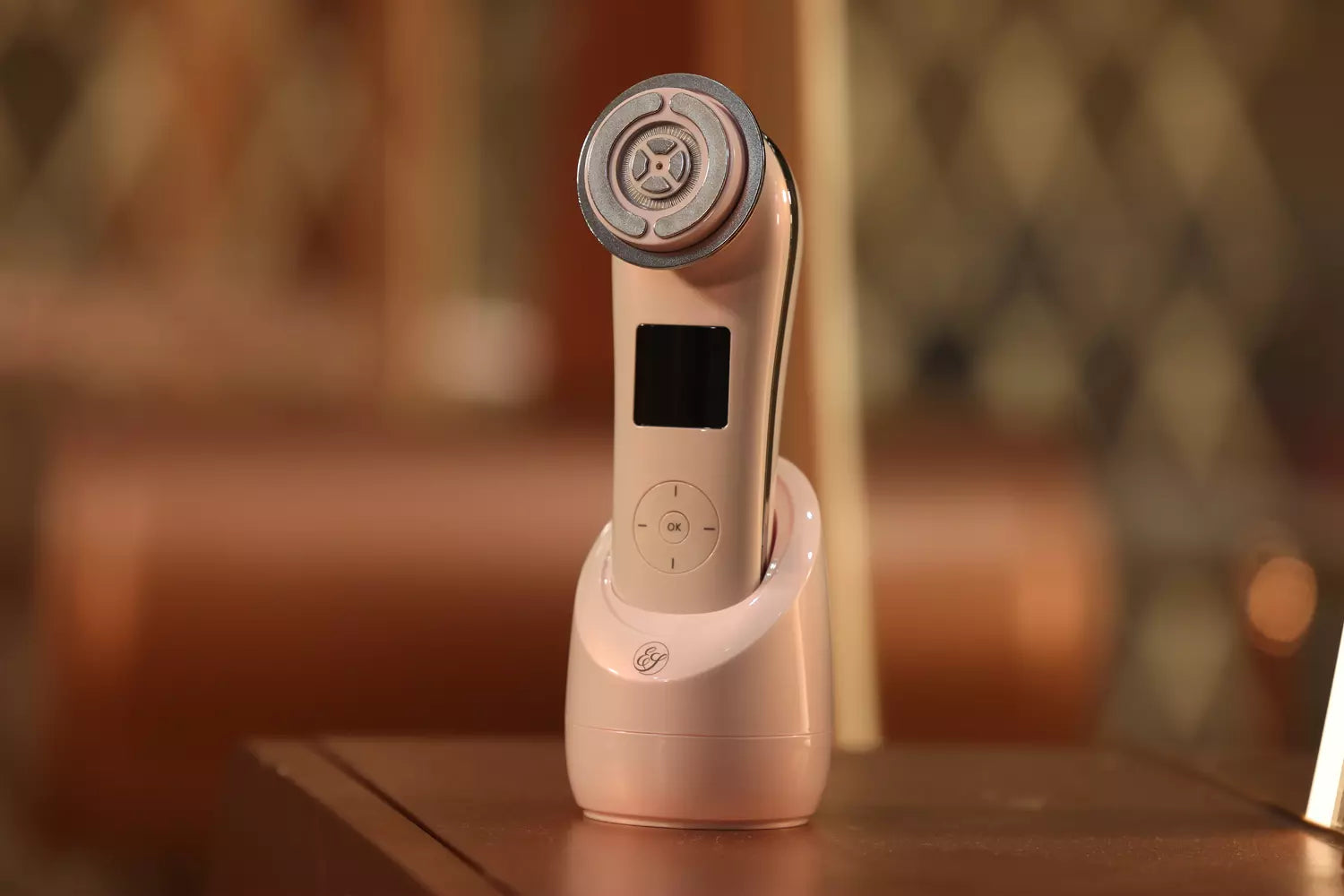
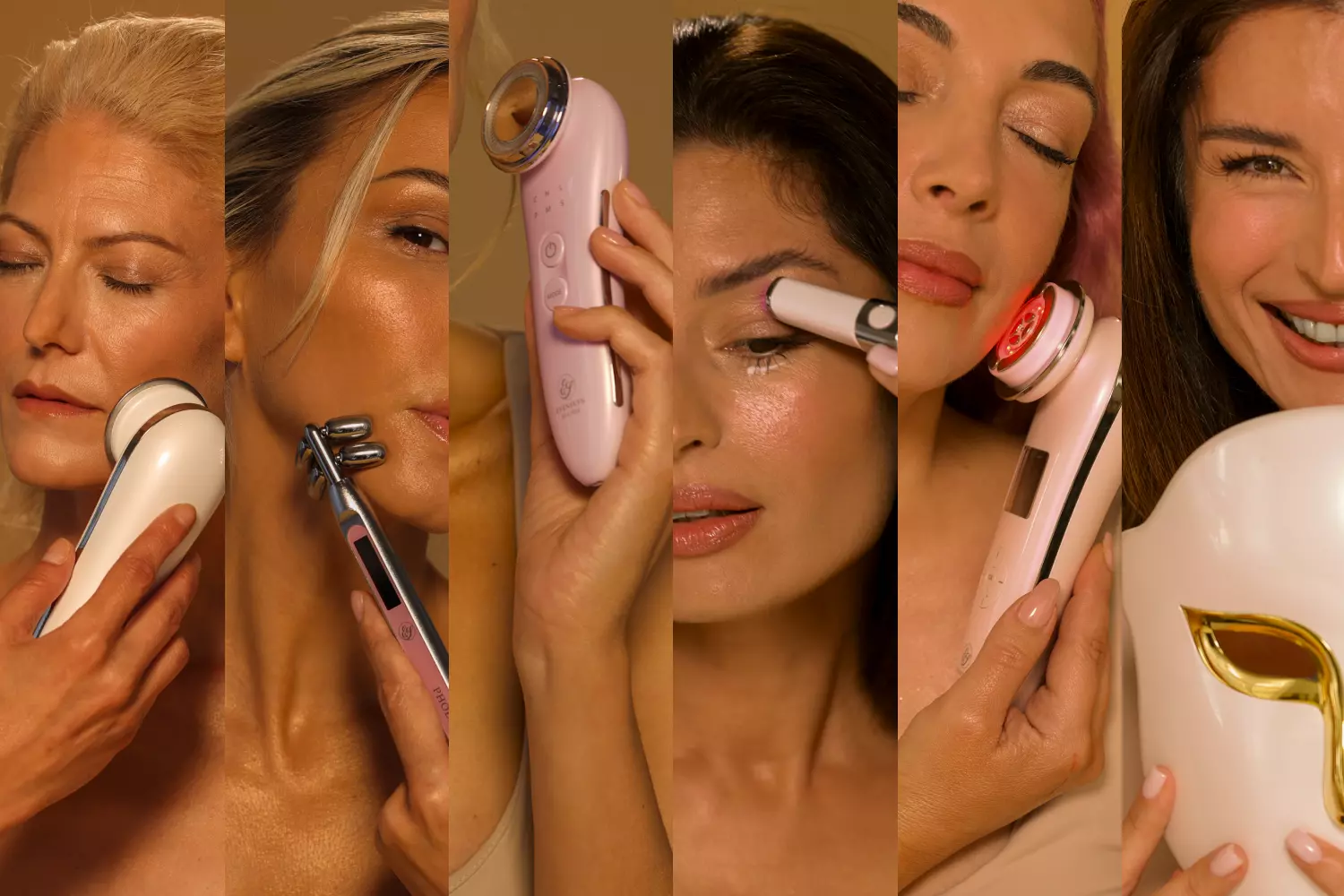
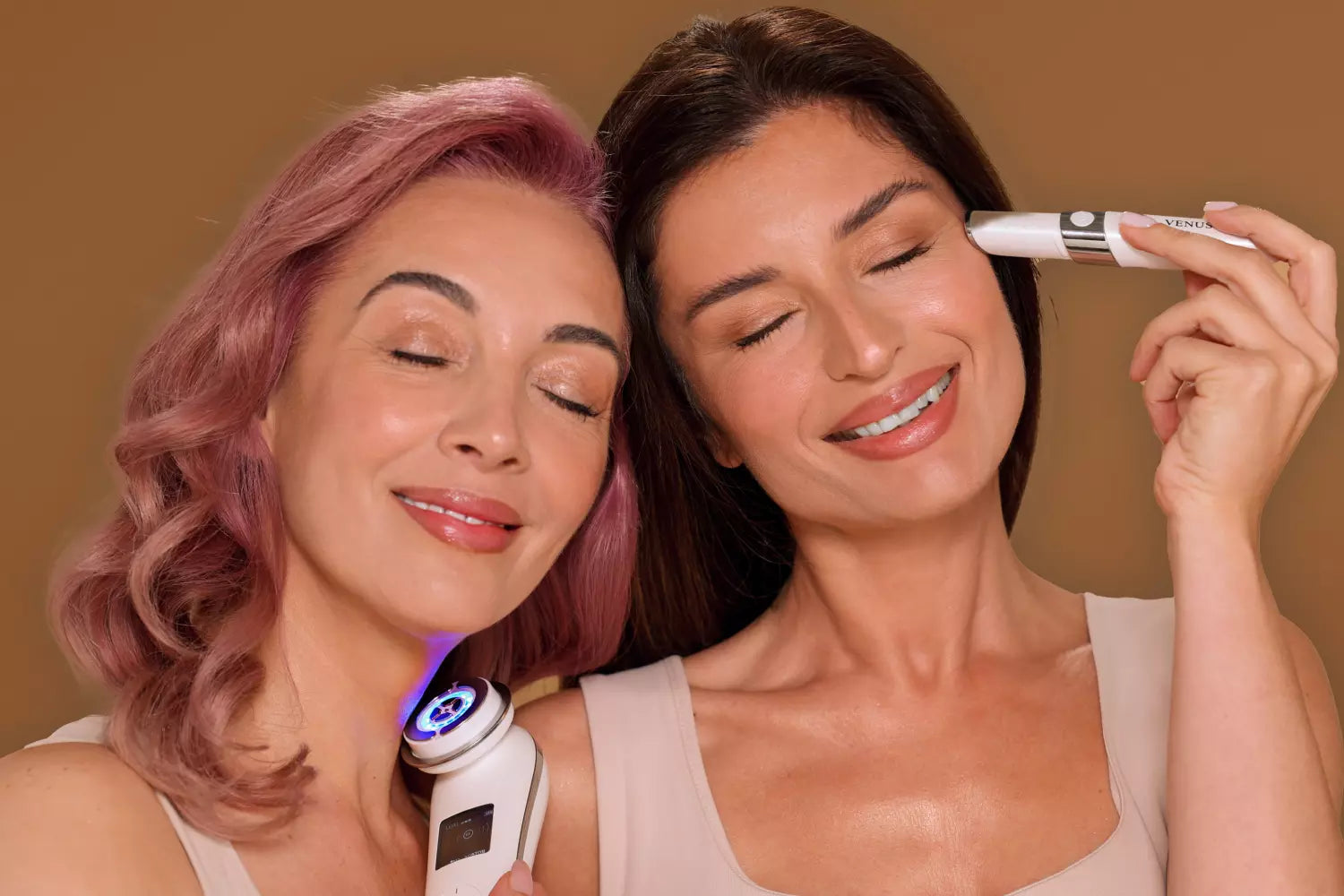
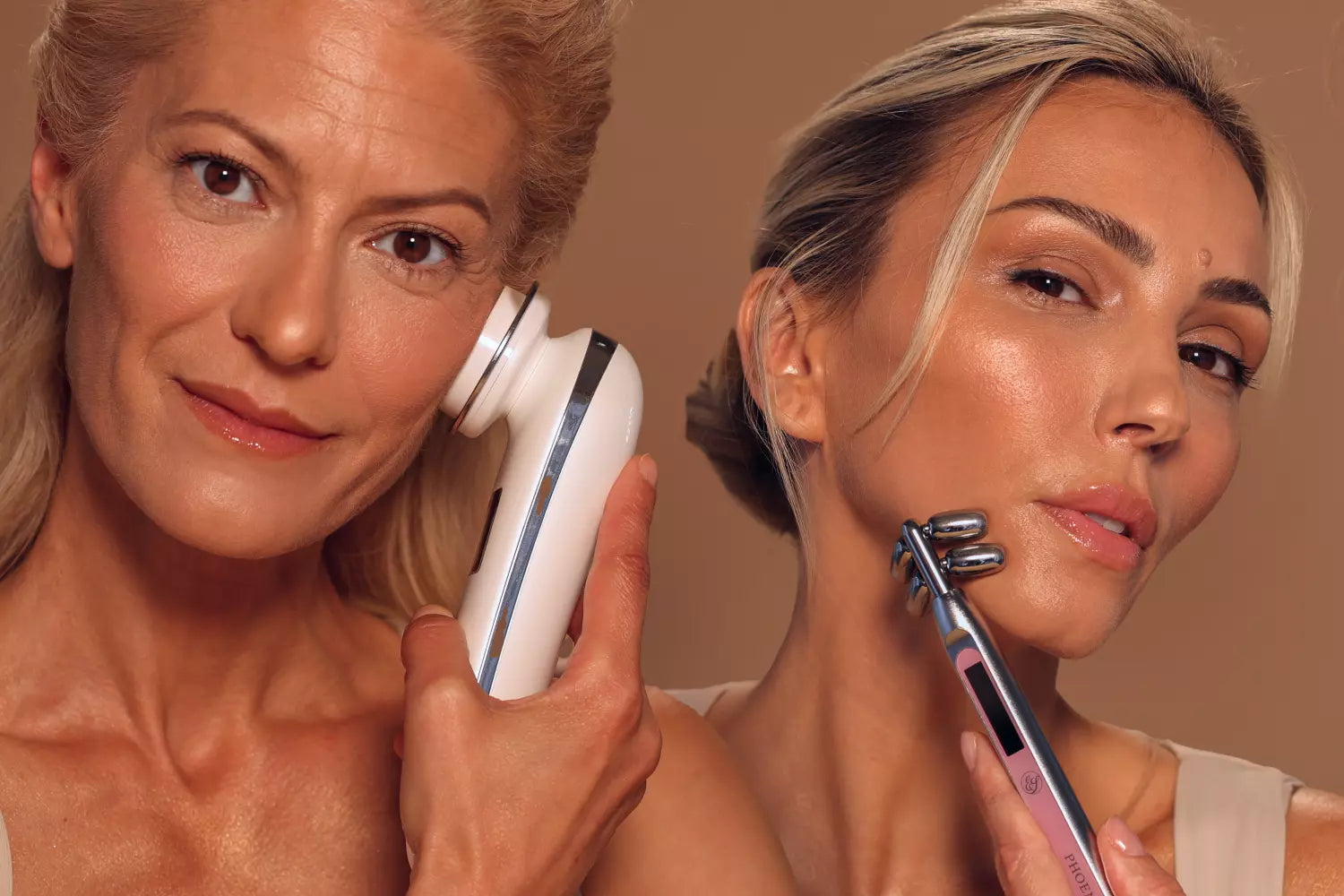
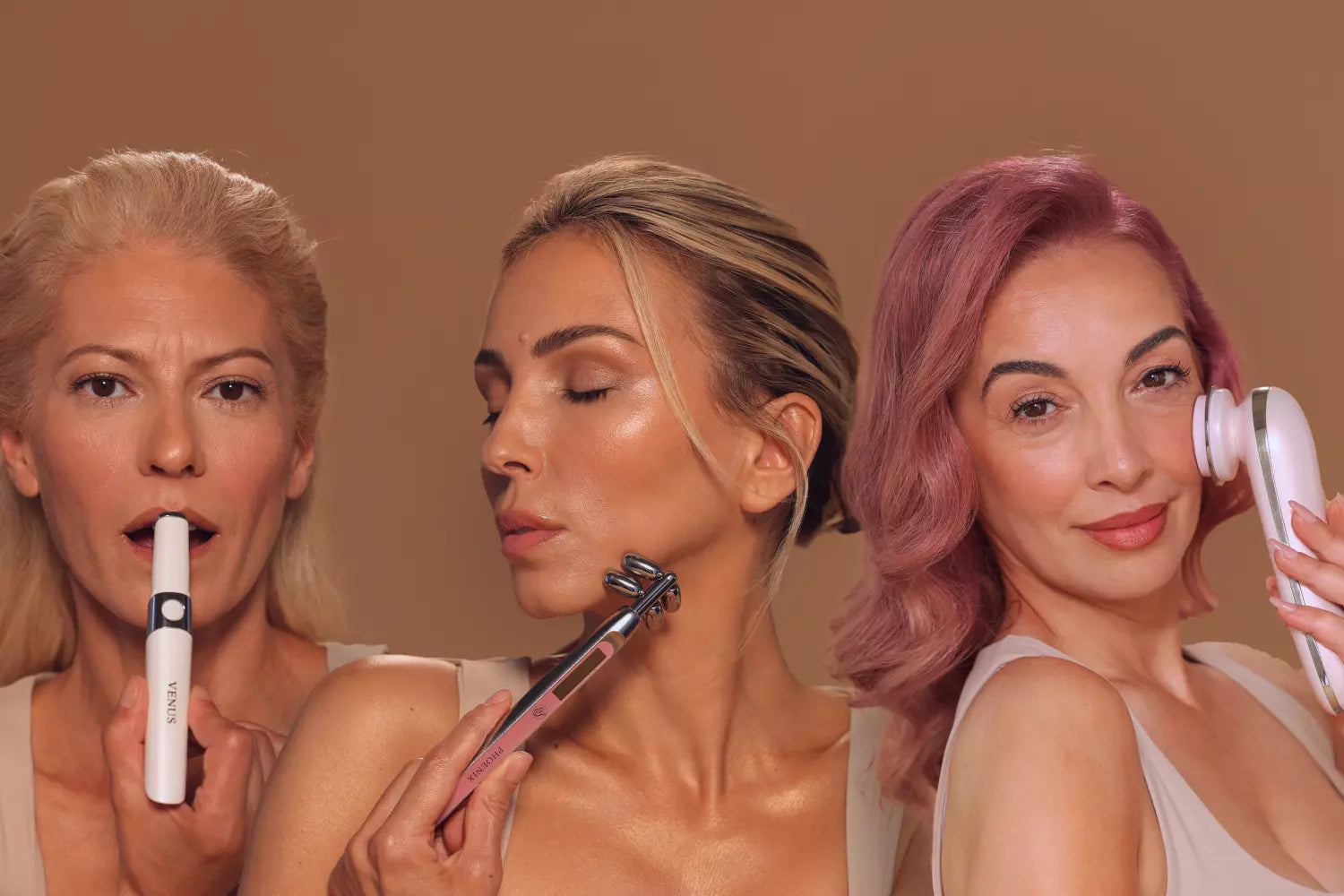


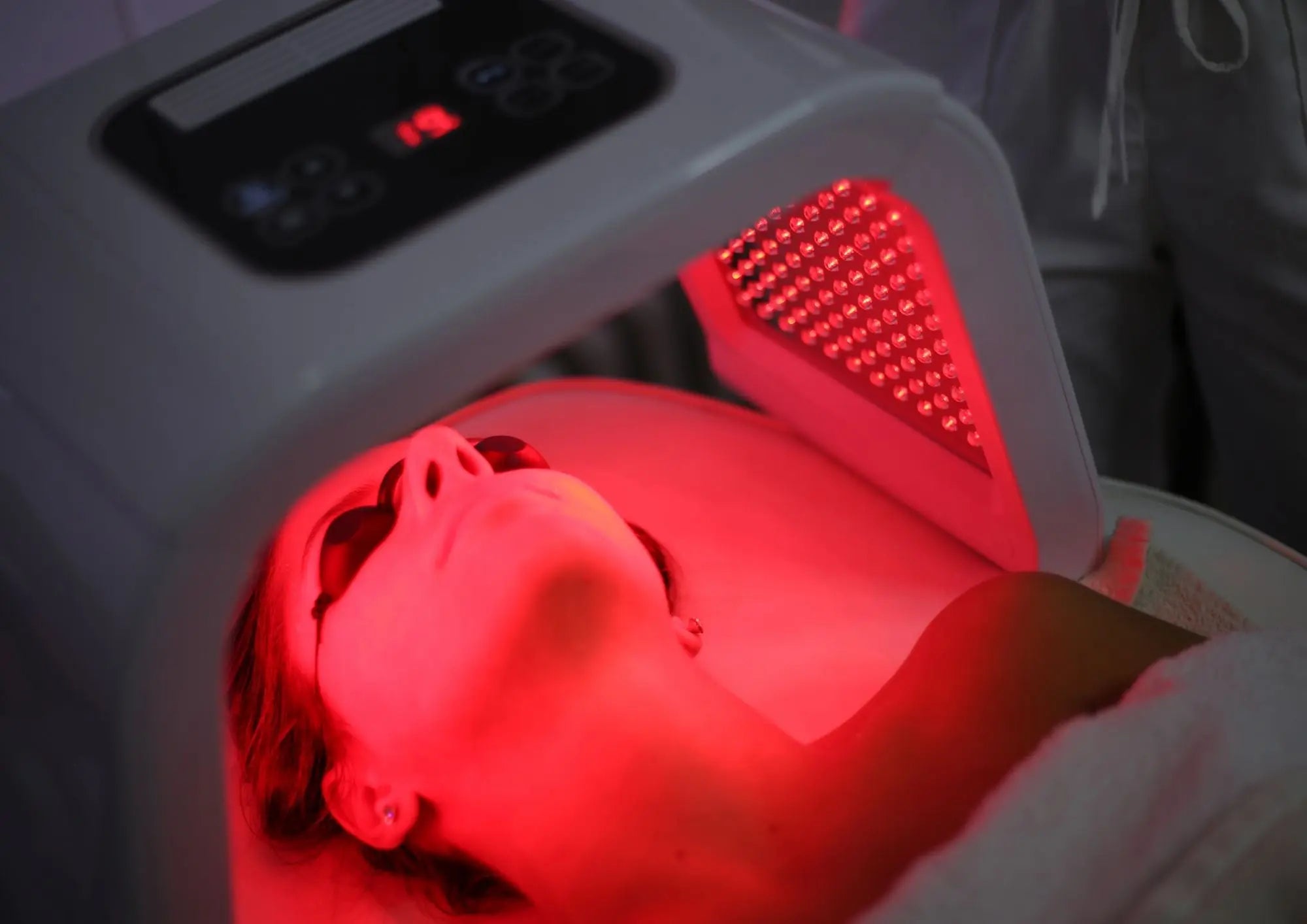
Leave a comment
All comments are moderated before being published.
This site is protected by hCaptcha and the hCaptcha Privacy Policy and Terms of Service apply.